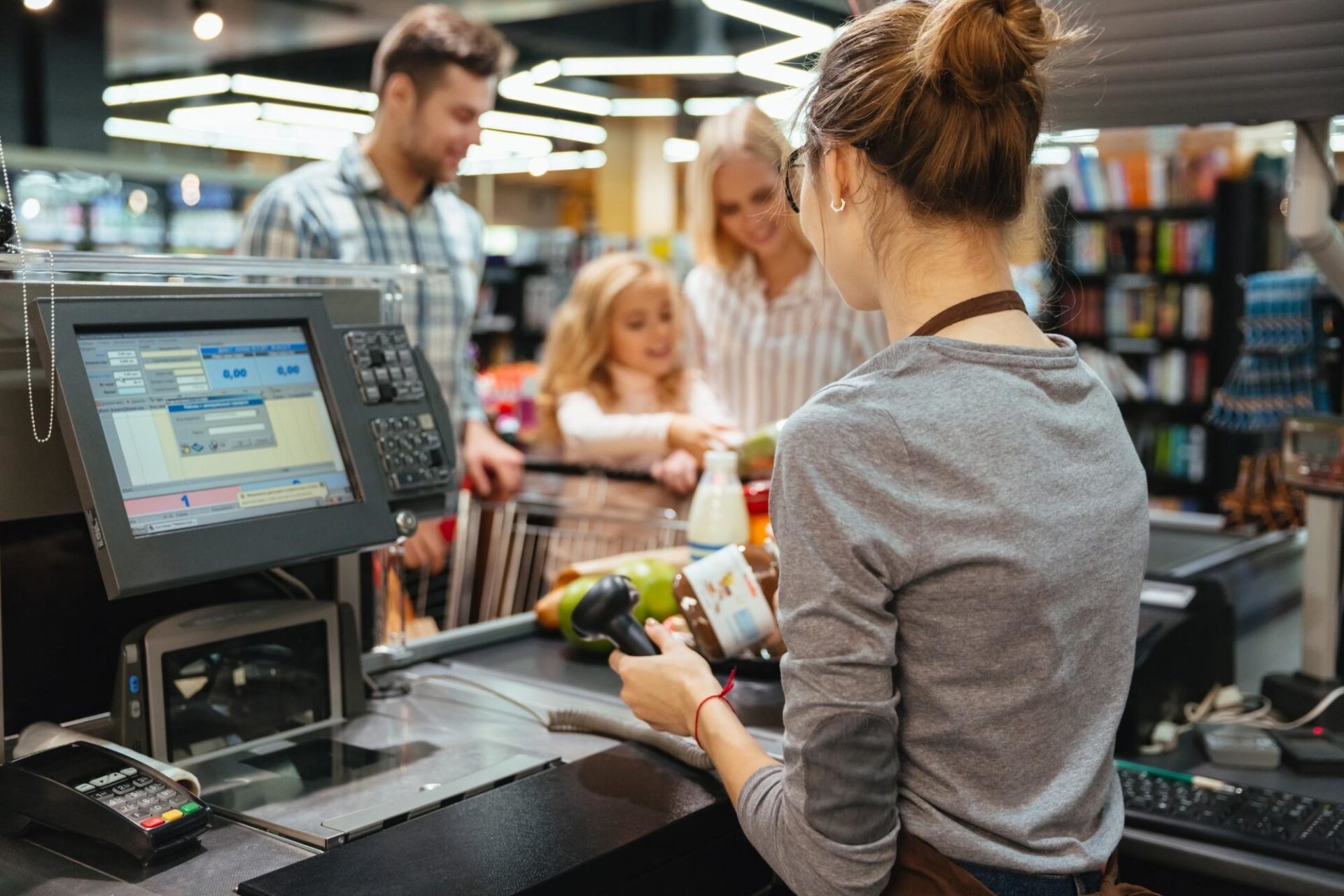The buying habits of consumers in these two years have evolved and so is the shopping expectations from retailers. Besides, millennials and Gen Z individuals, Gen X consumers are not behind to shop for groceries and meat online. Adapting to the digital lifestyle and processes that might have taken at least 5-10 years has accelerated with the onset of covid-19. According to a TradeDesk survey, with nearly 82 percent of Indians shopping online at least once a month and around one in four making online purchases at least several times a week, there are heightened expectations around delivery timelines.
With several businesses mushrooming with a focus on personalisation by micro segmenting, the retail space is becoming a fierce battleground making customers spoilt with myriad choices making customer loyalty a challenge. In this digital era, where customer preferences are changing swiftly, those players will stand clear winners who will be at the forefront of capturing behaviour changes for reshaping the consumer decision journeys. A paradigm shift has taken place in the way customers shopped during the pre-covid times and now. While aligning themselves with the new normal, retailers will face hurdles such as staff shortages, less inventory, irregular deliveries, hampering efficiency and sales. Therefore, retailers will now have to introspect, revisit the customer journeys and innovate to cater to the progressing customer journeys across the offline and online channel by investing in analytics, inventory, and workflow management to create seamless operations.
‘‘
According to a TradeDesk survey, with nearly 82 percent of Indians shopping online at least once a month and around one in four making online purchases at least several times a week, there are heightened expectations around delivery timelines.
Technology to bring in operational productivity
Balancing inventory: Becoming omnichannel is the current strategy of most retailers. Stores are trying to balance the e-commerce and in-store inventory to ensure they have the right amount of inventory to fulfill customers’ preferences. At the same, managing returns from the various channels is a daunting task. This signals the retailer’s investment in predictive and prescriptive analytics to gather data from internal operations and supply chains to have inventory visibility and prepare better for surges in consumer demand, avoid empty shelves and bring in more agility.
Use of RFID technology: Technology that was once restricted to the warehouse is now being put to use in front of the store. Radiofrequency identification (RFID) technology is gaining popularity for providing solutions in apparel, sporting goods, and electronics retailers. It enables faster and less labour-intensive inventory management where several items can be tagged at the source. It helps facilitate quicker returns processing and inventory reshelving.
5G technology: Leveraging 5G in the retail industry can aid in rapid digital transformation by addressing problems such as connectivity and bandwidth issues in brick and mortar stores/warehouses. Smart stores that will leverage technologies like smart apps, video analytics, robotics, drone delivery, etc will require adequate network capability and bandwidth.
The retail space is filled with fierce competition and those with unique business models combined with high operational productivity will ace this. To emerge stronger and connect well with evolving consumer behaviour, the processes should be digitalised and well connected for which agility, personalisation, innovation, and viable business model will be crucial for any retailer.




